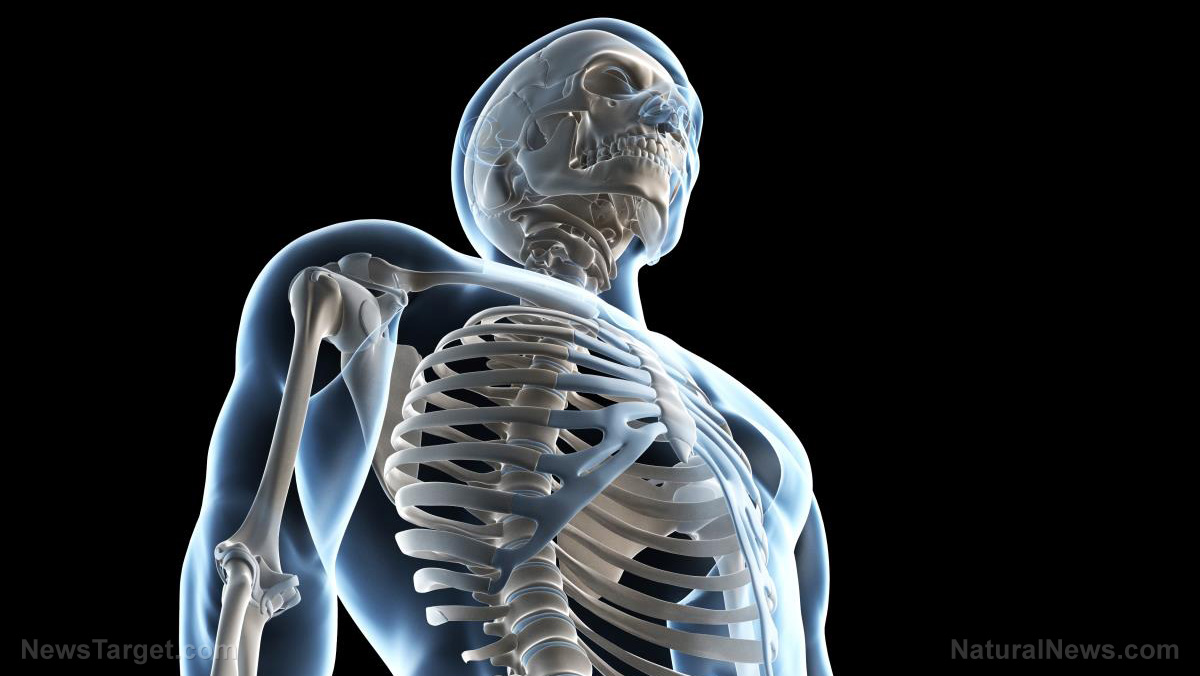
These programmed changes occur as part of the so-called “fight-or-flight” response. Scientists have long believed that the hormone called adrenaline triggers this response, but it appears that a different hormone may be responsible for this. This hormone is called osteocalcin.
In a recent breakthrough, an international team of scientists found that bone-forming cells called osteoblasts release the protein osteocalcin in response to acute stress. Their findings, published in the journal Cell Metabolism, show that this is true for both animals and humans.
Osteocalcin triggers the acute stress response
Gerard Karsenty, a physician and geneticist at Columbia University Irving Medical Center in Manhattan, was the first to explore the functions of osteocalcin in an attempt to understand arterial calcification due to mineral buildup. He suspected that osteocalcin was a major contributor to this due to its abundance in the bones.
The results of his earlier study led Karsenty to hypothesize that osteocalcin is a hormone released by the bones to help regulate or maintain the function of other organs.
To test this hypothesis, Karsenty and his colleagues conducted a series of experiments that involved mice and humans. The researchers first exposed both to stressors and studied changes in the amount of osteocalcin in their blood.
The researchers found that after just three minutes of being exposed to a stressor, osteocalcin levels in the mice quadrupled. Osteocalcin levels in the human participants also spiked after being asked to speak in front of an audience.
To determine if osteocalcin is required for the activation of the fight-or-flight response, the researchers exposed a second group of mice to the same stressors as the first group. The second group had been bred to not produce osteocalcin.
After their exposure to the same stressor, the second group exhibited none of the signs that characterize the fight-or-flight response, such as a racing pulse, labored breathing and a spike in blood sugar levels.
In the third and final test, the researchers successfully induced an acute stress response in normal, unstressed mice by administering a single injection of osteocalcin.
The skeleton is related to other organs
Through these trials, the team established that the skeleton is, in fact, connected to the brain. Upon detecting danger, the region of the brain called the amygdala stimulates osteoblasts to release osteocalcin into the bloodstream. Osteocalcin then overrides nerves responsible for regulating breathing and heart rate and triggers the release of adrenaline.
According to Karsenty, this agrees with the fact that adrenal-insufficient patients and animals missing adrenal glands are still capable of experiencing intense reactions to stress and danger.
Based on their findings, Karsenty and his colleagues concluded that sudden spikes in osteocalcin are enough to trigger acute stress response in both animals and humans. Their findings also suggest that the bones have a bigger involvement in other processes than previously believed. Up until a decade ago, scientists still thought that the bones are just calcified tubes designed for structural support, noted Karsenty.
But, as their research indicates, the skeleton has a major role in the fight-or-flight response. Other studies on osteocalcin also suggest that it helps regulate glucose metabolism and can be used as a doping agent in sports because of its beneficial effects on bone strength and endurance during long-distance running. (Related: Study finds nutrition to have a greater impact on bone strength than exercise.)
For more news on fascinating discoveries, visit Discoveries.news.
Sources include:
Please contact us for more information.























